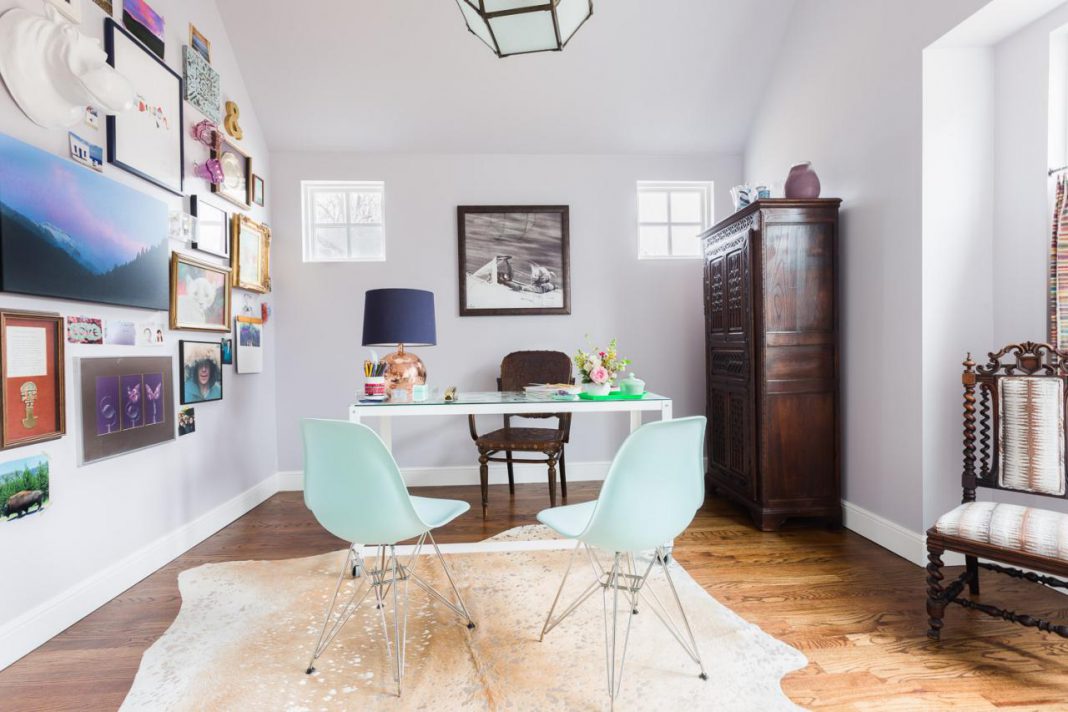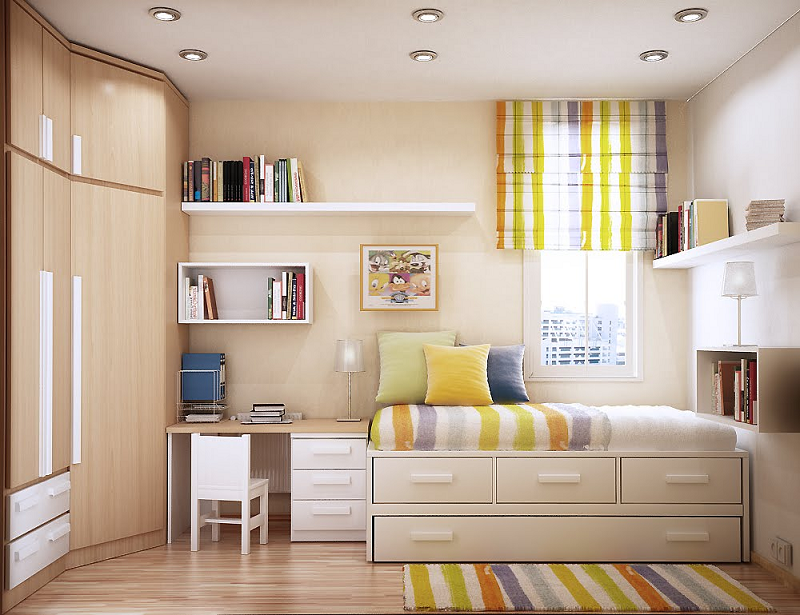Now that remote work is becoming a more popular choice for a lot of companies, people are starting to consider setting up offices in their home. However, setting up a home office requires a well thought out plan, especially if you want a distraction free and productive environment that rewards you with hours of high productivity and a decrease in the amount of time spent away from the desk. With this short guide, you’ll be provided tips for designing your home office with practicality and reduced distactability in mind.
Where Should You Put Your Home Office?
The first thing to contemplate about your home office is not what you want or need in it but where it will be located. Location is important for a few reasons: you need good wifi coverage, a place where it will be warm and room temperature won’t drive you somewhere else in the house, somewhere away from noisy locations like a lounge or kitchen.
This may mean a significant move or swap of other rooms, but don’t be put off. Putting work into the location of your home office means you’ll reap the rewards later with a quiet, warm and distraction free environment where you can concentrate on your work. Once your have your location mapped out, it’s time to think about where you will be placing furniture in the room.
Should Your Home Office Desk Face The Wall?
Whether your home office desk should face the wall or not is purely subject to the person using it, but there are a number of benefits to having a desk against the wall that you should know about. Having a desk facing or up against a wall actually helps reduce your chance of being distracted by other items in the room, helping you maintain focus on your work. Another benefit is, if you have a printer, router and/or other items on your desk, you can keep the cables hidden behind it instead of snaking across the floor and looking untidy. Plus, having a desk against a wall in a small room can save space.
How Do You Make A Home Office In A Small Space?
Keeping your desk against a wall in a small space is a good start for making the most of the limited area a room has to offer, but there are a few other ways to make the most of it.
The key to making a home office in a small space is by only putting in there what you need and removing all that you don’t. If there’s furniture in the way that won’t be used for its intended purpose or items that take up space that have nothing to do with your work, find somewhere else in the house to put them.
Think about putting up shelves or cabinets on the walls to house any loose items you will need with you. That brings into focus what you should have in a small office.
What Should Be In A Home Office?
The only things that should be in a home office are the things you need to conduct your work succesfully. It’s no good if you need to keep running around the house to collect printouts, check on the wifi or make a hot drink. Bring what you need into the office and give it a place where everything is within easy reach. This will reduce the amount of time it takes you to do something. As mentioned above, it’s a good idea to have cabinets, shelves and other units to house loose items such as paperwork, books and other items such as routers so you can keep your desk clear. For some, removing games consoles and televisions is a must and that’s something we endorse but some people like background noise so consider replacing them with a radio.
Setting up a home office doesn’t have to be tedious or complex. Following these tips on how to set up your office will take the pain out of it. And, if you’re having problems with cables in your home office, consider purchasing these cable clips to keep them tucked away, safe and tidy. Remember that with a home office practicality is paramount to utilisation and for the best home office keeping only what you need in there is the best way to make one.









